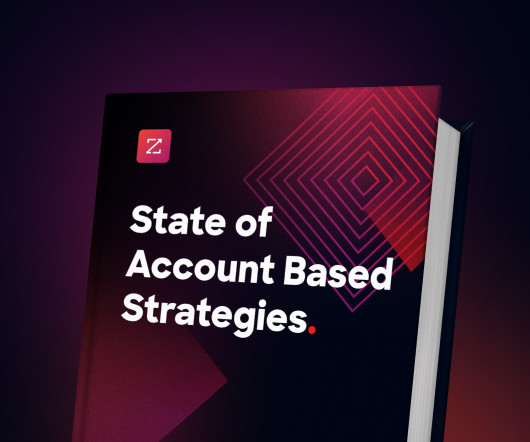How to Get Your Team Fired Up About a Change
Let's Grow Leaders
SEPTEMBER 9, 2015
The minute I walked into their building, I could feel the excitement reverberating from the walls. Everyone was buzzing about the unveiling of their new company name, branding, and messaging. The IT Guy explained that they were “no longer” a start-up (true), and the designer clearly articulated how these changes were to take the company into the next phase of their growth.


























Let's personalize your content